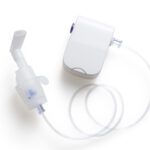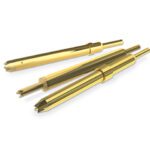Smart Patches Offer Next-Level Wireless Health Monitoring
A new generation of wearable sensors are making cardiatrics, diabetes management, biometric monitoring, and medication delivery more comfortable and effective.
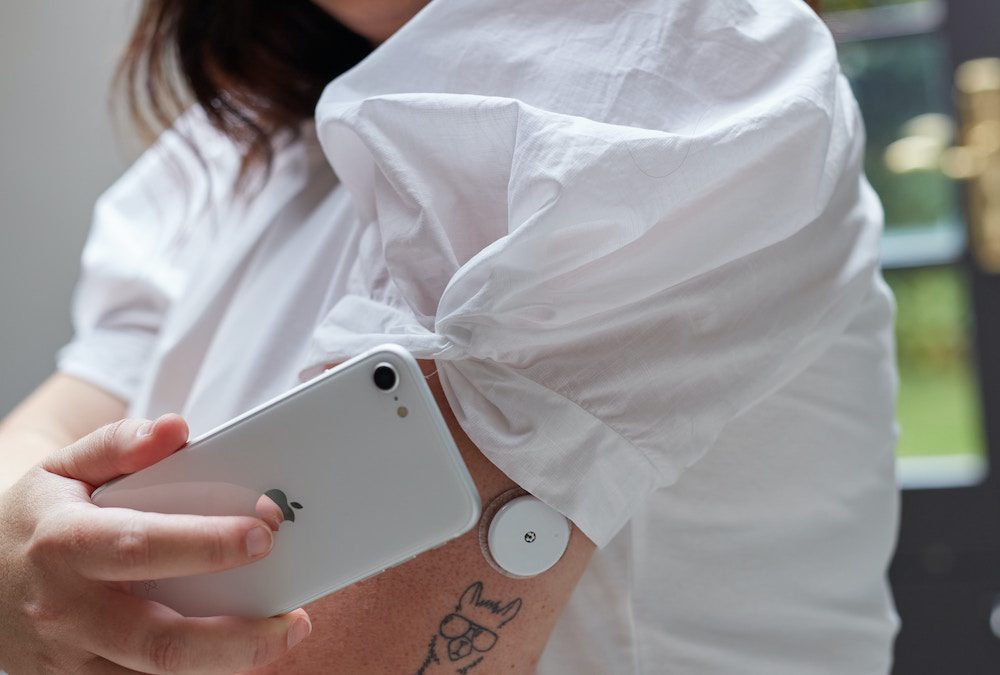
Wireless health monitoring has been transformed by the possibilities afforded by miniaturized electronics. The first mass market of wearable medical devices took the form of fitness trackers and smartwatches embedded with biometrics sensors that monitor blood pressure and heart rate, sleep patterns, body temperature, and oxygen saturation levels. These non-invasive devices, which include Apple’s smartwatch EKG feature, observe patterns and detect abnormal activity. Data is wirelessly transmitted through the Internet of Things to the wearer or care team to coordinate care; the technology has already saved many lives.
The latest health monitors go a step further, taking the form of smart patches that adhere to the patient’s skin to provide more precise and continuous data. These devices use smart patches embedded with biochemical sensors to monitor glucose, lactate, and other markers. Combined with injectable medicine devices such as diabetes or oncology monitors that attach to the substrates of smart patches, these devices can collect data and coordinate the delivery of medication through an automated microneedle system. In the coming years, the use of miniaturized wearable devices will further expand to include ultrasound patches, fertility monitoring patches, sports medicine patches that help detect brain injuries, and many other projects now in development. Future power sources for these devices may include energy harvesting — the collection of heat generated by the wearer’s own body — eliminating the need for battery power.
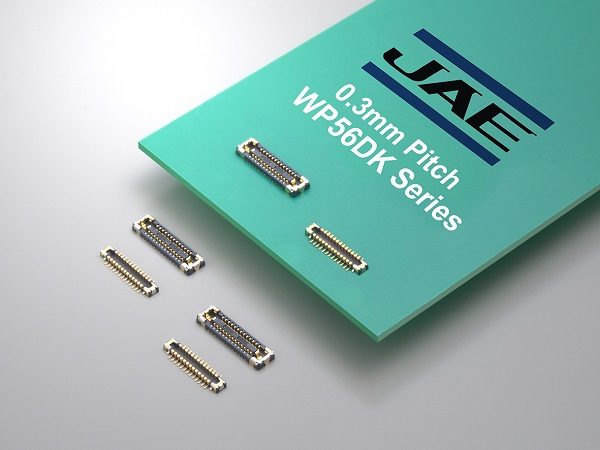
JAE’s WP56DK Series of compact board-to-board connectors is used in smartwatches and small wearable medical devices. It has the industry’s smallest in class standard two-row connector terminal pitch and a power supply terminal that can greatly reduce overall length.
None of these devices would be possible without the miniaturization of electronic components. Microminiature interconnects with high pin densities link tiny chips to film-thin sensors, transmitters, microcontrollers, and power sources to fit inside these small devices. Hybrid printable electronics enable sensors and miniaturized interconnects to be attached to a very thin and flexible fabric-type substrate for maximum density.
Currently, the smallest connectors in the industry range from 0.3 mm to 0.5 mm pitch. The cabling used in these devices must be miniaturized as well; ribbon or flat flexible cabling, which can fold inside of low-profile device packages, is commonly used. Sensor innovations include printed sensor technology, which further reduce form factors beyond the tiniest rigid circuitry. Additional requirements such as IP sealing, biocompatible materials, and shielding may also be designed into these architectures.
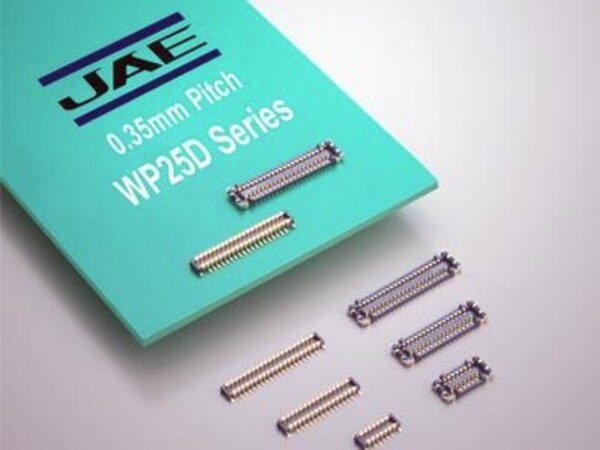
JAE also makes the RK01 Series smart textile connectors that enable a direct connection to conductive fabrics in advanced health monitoring clothing that must be compatible with machine washing. The WP Series, available from Mouser Electronics are small and thin connectors for connecting substrates to substrates (FPCs), optimized for high-performance and high-density equipment..
One medical device manufacturer seeking a high-performance miniaturized connector for an optical heart rate sensor module selected JAE’s WP56DK Series connector to connect the sensor module with the main board in a wearable product. “They simulated transmission performance with the S-parameters provided by JAE and created a sensor module prototype. The evaluation results showed that both performance and quality were excellent, and the design department was convinced that it was a sensor solution that they could propose to customers with confidence,” said JAE’s customer. “Using a sensor module that utilized the JAE WP56DK Series connector for the connection with the main board of the smartwatch made an optimal proposal possible. Not only that, but the mounting evaluation data from JAE and the well-received adoption record in smartwatches led to adoption of the connector for the sensor module.”
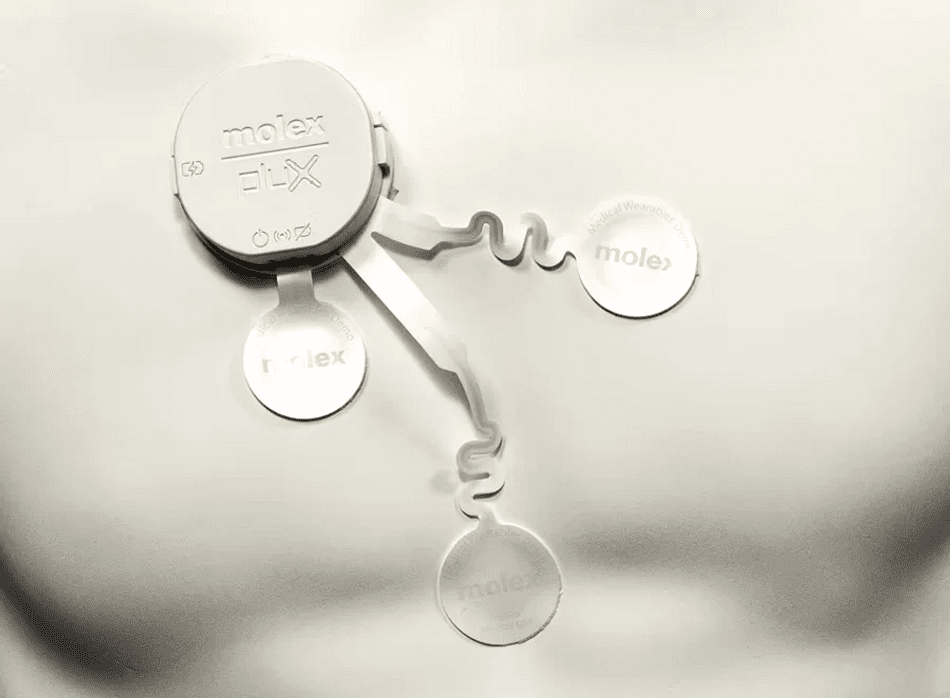
A recent study by Molex and Avnet found that the COVID-19 pandemic changed the attitudes towards remote monitoring devices among both patents and physicians, paving the way to a coming wave of new wearable and portable devices. A field of more than 600 device designers at work in the area of patient wearables indicated that the miniaturization of sensors and connectors remain challenging aspects in the development of these technologies, followed by power management, signal quality, and thermal management, but say design of these devices is fairly straightforward with the arrival of quality high-density components. In fact, they said that software innovation lags behind the current hardware offerings.

Molex’s Silver Flexible Circuitry Solutions with traces as narrow as 0.127 mm (0.005″) are used in diagnostic and therapeutic medical devices that enable telehealth and remote monitoring such as blood glucose monitoring, electrodes, and drug delivery.
Smart patches offer patients and healthcare professionals numerous benefits in terms of freedom, convenience, and care precision. Fewer care professionals will be needed to collect patient data. Patients will be able to remain at home for more stages of care. The more exact and timely delivery of medication will increase patient wellbeing. Although regulatory hurdles will need to be crossed to bring the legion of ideas in development to the market, smart patches have arrived and will continue to be a rich area of innovation for medical device designers.
To learn more about the companies mentioned in this article, visit the Preferred Supplier pages for Avnet, JAE, Molex, and Mouser Electronics,
Like this article? Check out our other Smart Devices and Wearables articles, our Medical Market Page, and our 2023 Article Archive.
Subscribe to our weekly e-newsletters, follow us on LinkedIn, Twitter, and Facebook, and check out our eBook archives for more applicable, expert-informed connectivity content.
- Where in the World is Amphenol LTW’s Luc Kan? - April 23, 2024
- TE Connectivity’s Sustainability Efforts Pay Off - April 23, 2024
- What is a VGA Connector? - April 23, 2024

